On the way from Kaza, Spiti Valley to Key Monastery, Spiti Valley
Chicham Bridge over Spiti River in Himachal Pradesh
Spiti Valley is also known for it's vegetable farming and these farms look stunning with snow covered mountains in the background.
A colourful gate for Key Monastery against snow covered mountains in Himachal Pradesh
A view from road connecting Kaza with Kibber Village in Himachal Pradesh
A view from road connecting Kaza with Kibber Village in Himachal Pradesh
Dhankar Village with 360 view of mountains covered with snow and Spiti River in the middle
Pooh in Kinnaur region of Himachal Pradesh
Apple Orchards of Kinnaur in Himachal Pradesh
Kalpa Village in Kinnaur region of Himachal Pradesh
Chandika Devi Temple in Kinnaur, Himachal Pradesh
A crazy view of Roghi Village in Himachal Pradesh...
Govind Sagar Lake which spreads in Una and Bilaspur districts of Himachal Pradesh
Cloud play around Naina Devi Temple in Mandi, Himachal Pradesh
Rewalsar Lake, Mandi, Himachal Pradesh
Garli is a Heritage Village in Kangra, Himachal Pradesh with beautiful old Havelis
Pong Dam, Kangra, Himachal Pradesh
Kangra Fort in Himachal Pradesh
Yulla Kanda, Kinnaur, Himachal Pradesh
800 years old Ram Temple in Haripur, Himachal Pradesh
Monolithic Temples of Masroor, Kangra, Himachal Pradesh
St. John's Church, Mcleodganj, Himachal Pradesh
World's Highest Altitude Cricket Stadium in Dharmshala, Himachal Pradesh
Langza, Lahaul and Spiti, Himachal Pradesh
Khajjiar, Chamba, Himachal Pradesh
One of the cafes on Mall Road overlooking Town Hall Shimla, Himachal Pradesh
Dhomri, Shimla, Himachal Pradesh
Bhimakali Temple, Sarahan, Shimla, Himachal Pradesh
Bagha Sarahan, Kullu, Himachal Pradesh
Jibhi, Kullu, Himachal Pradesh
Abandoned houses on the way to Sarolsar Lake, Kullu, Himachal Pradesh
Bathu Temples which are only visible during Summers in Kangra, Himachal Pradesh
Rampur Bushahr, Shimla, Himachal Pradesh
Chulai Fields, Himachal Pradesh
Sarolsar Lake around Jalori Pass, Kullu, Himachal Pradesh
Satluj River, Himachal Pradesh
Barot Valley, Mandi, Himachal Pradesh
World's Highest Hockey Stadium, Shilaroo, Shimla, Himachal Pradesh
Shrikhand Mahadev Trek in Kullu, Himachal Pradesh
Sarahan Palace, Shimla, Himachal Pradesh


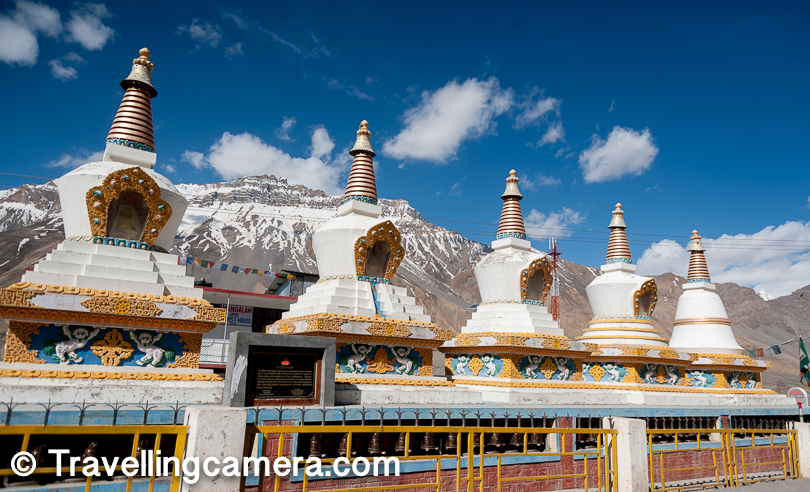


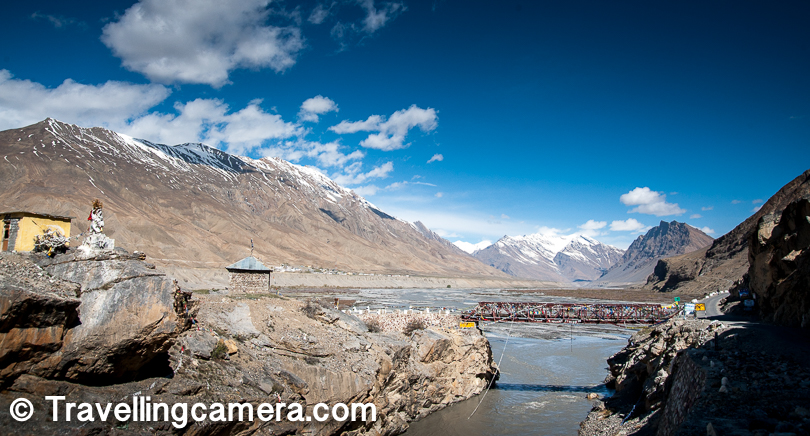
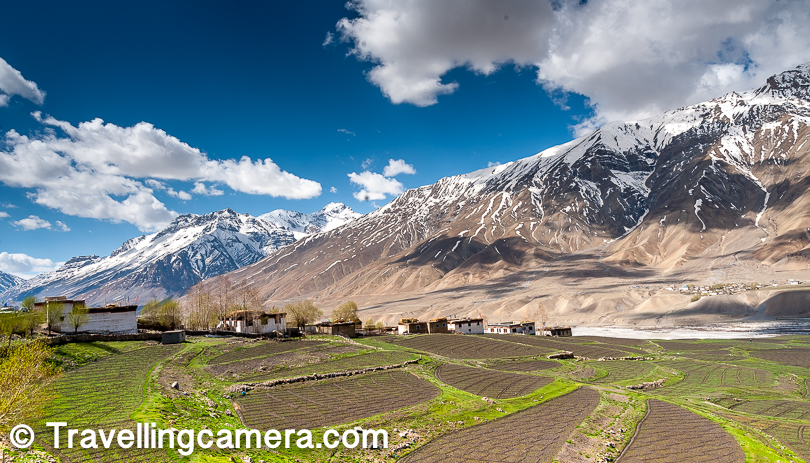



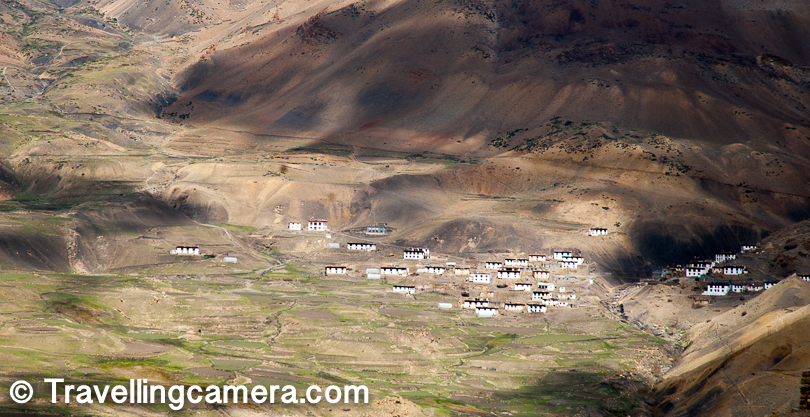

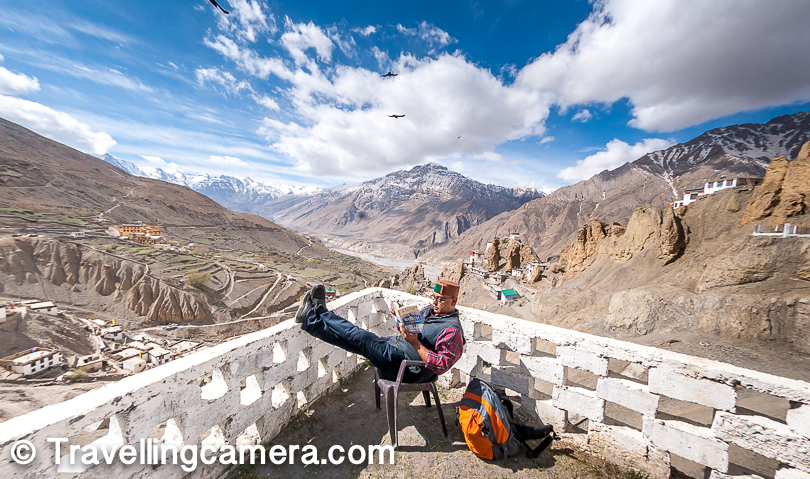


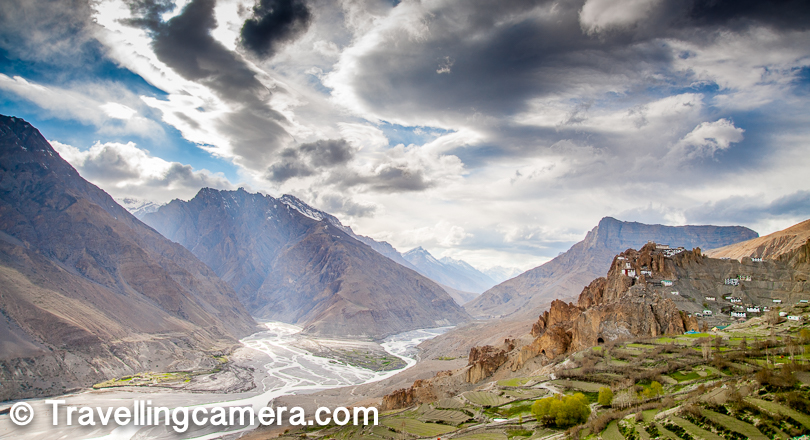


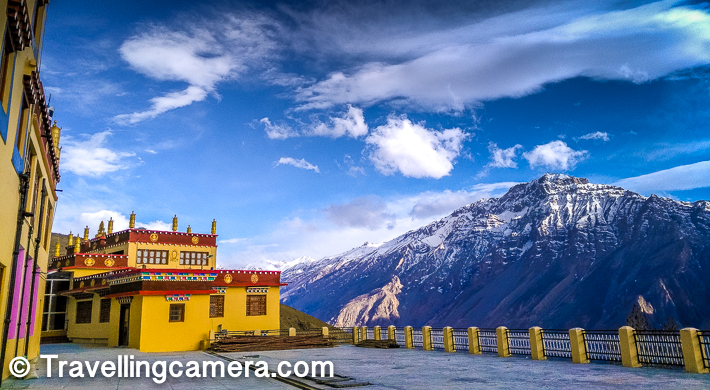
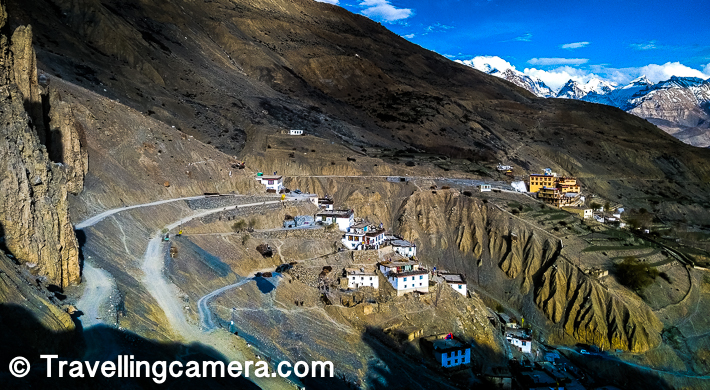
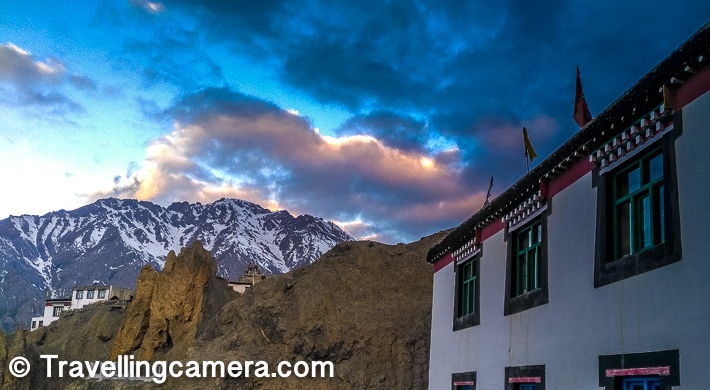

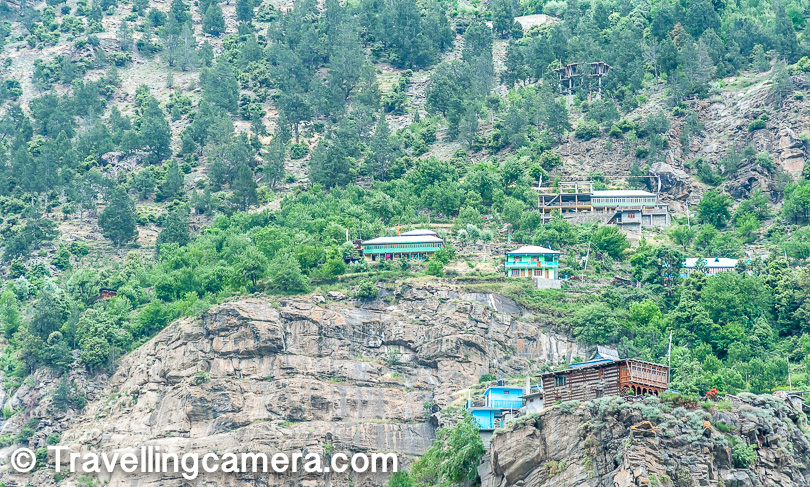
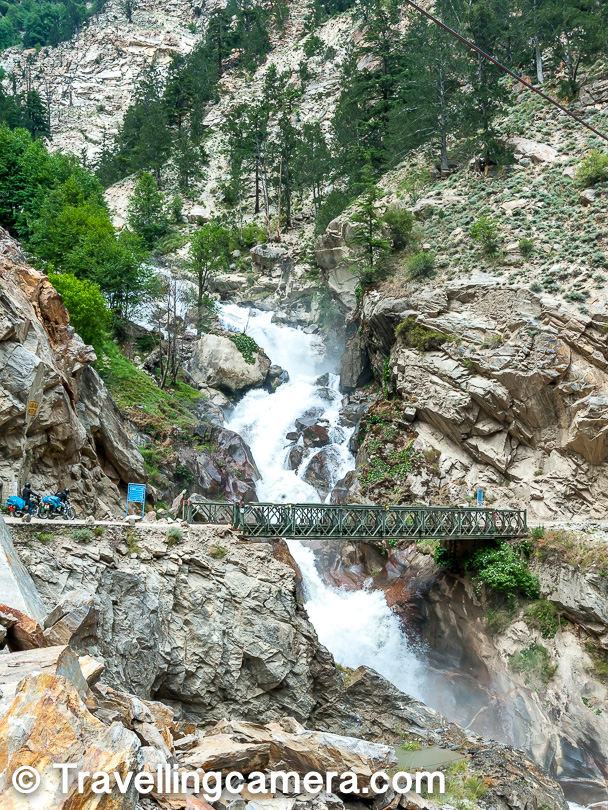








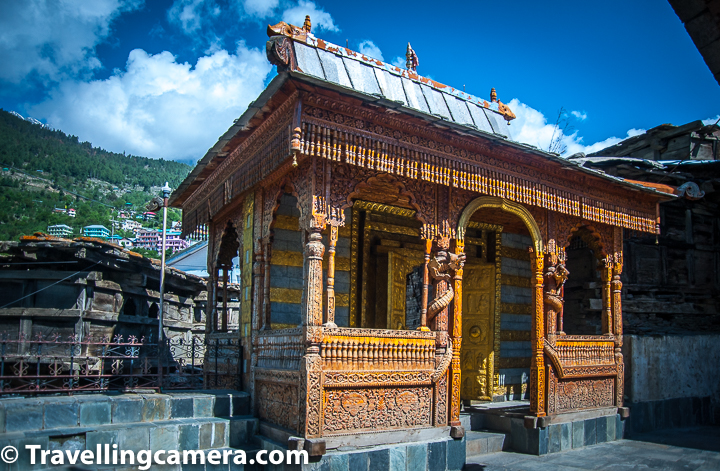










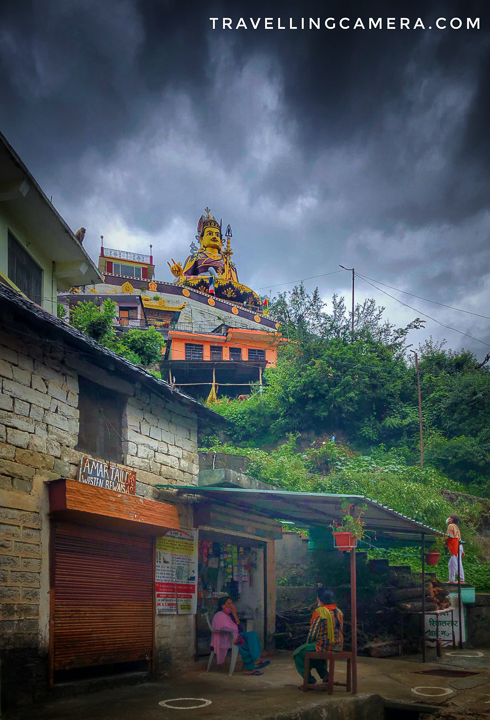



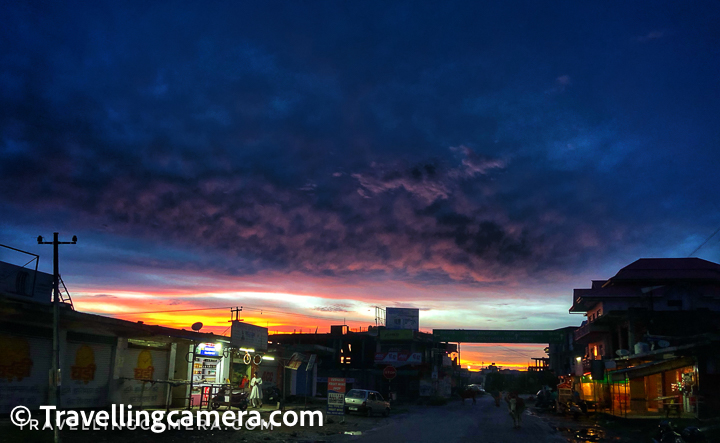
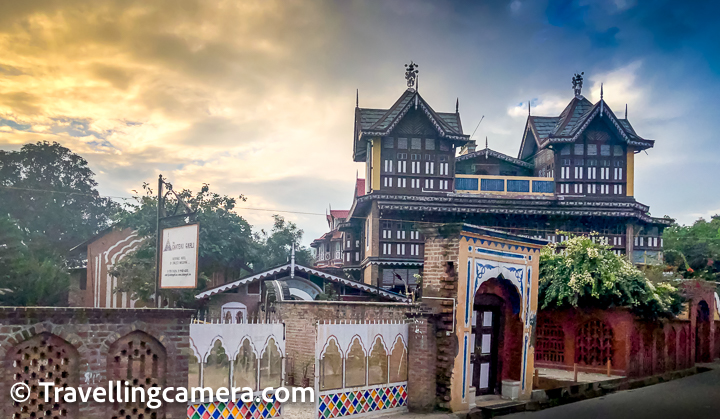

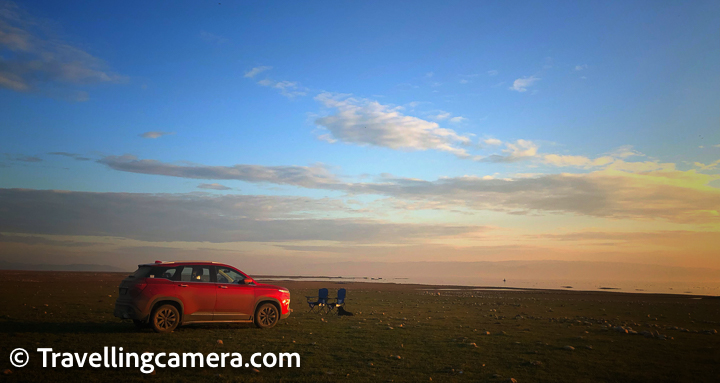




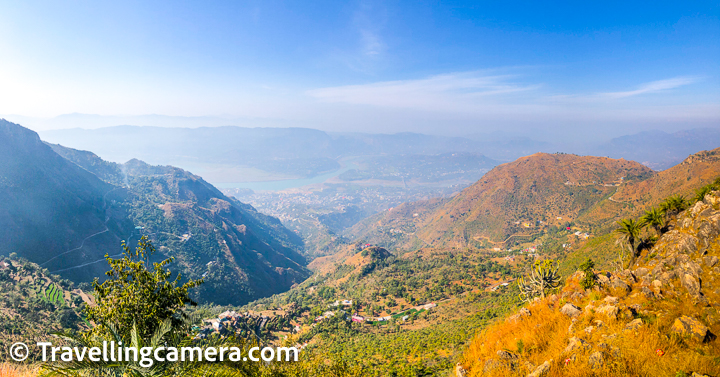
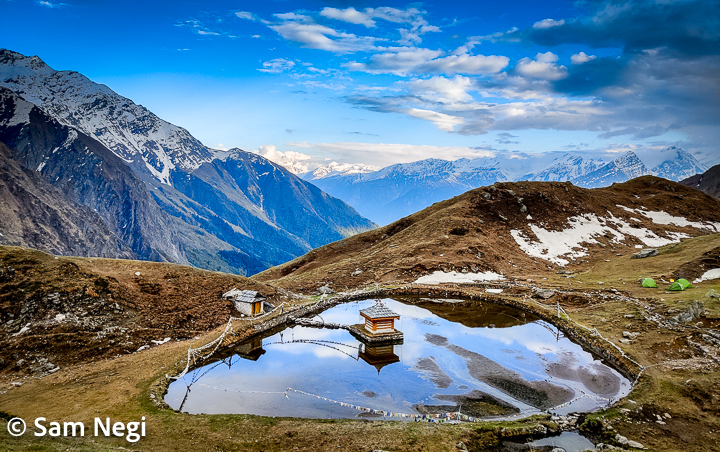
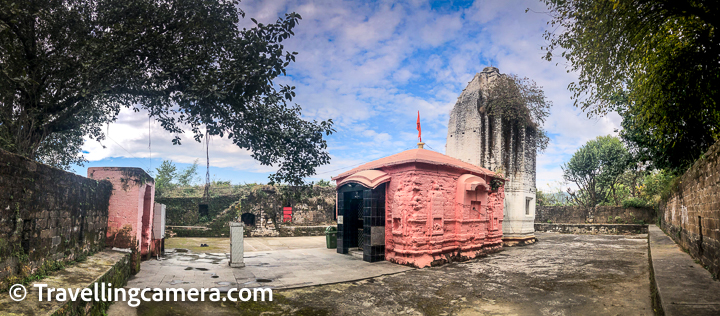
.jpg)
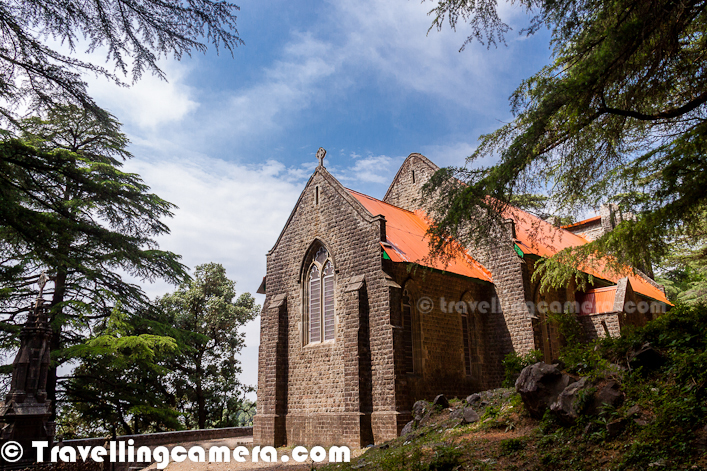
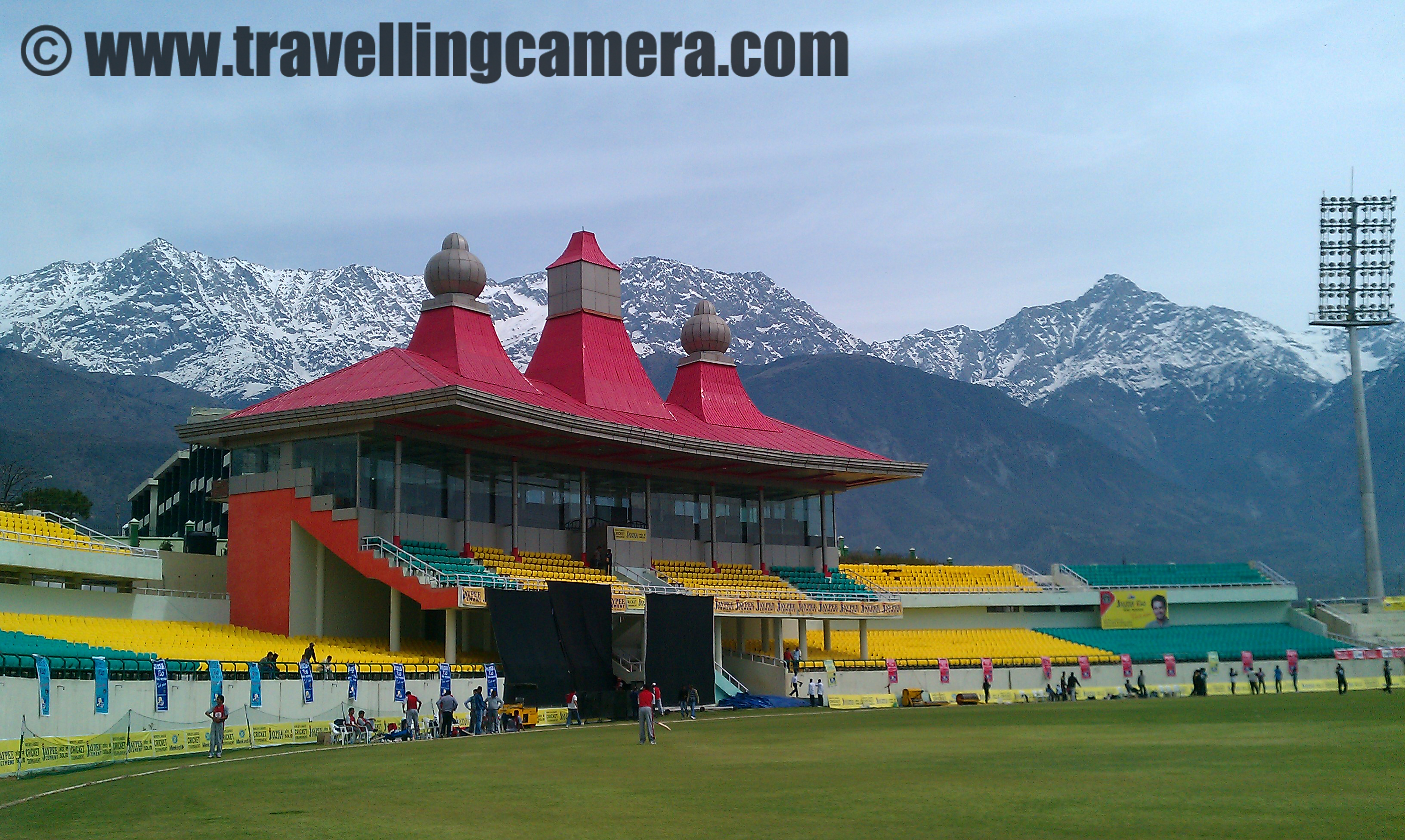
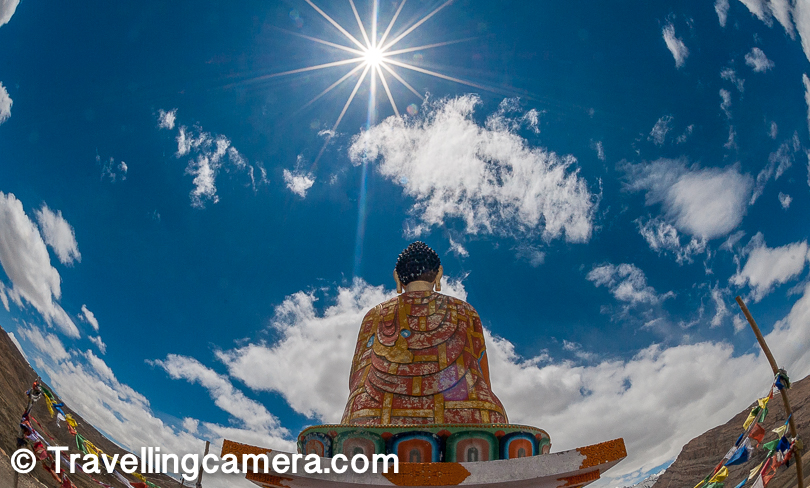

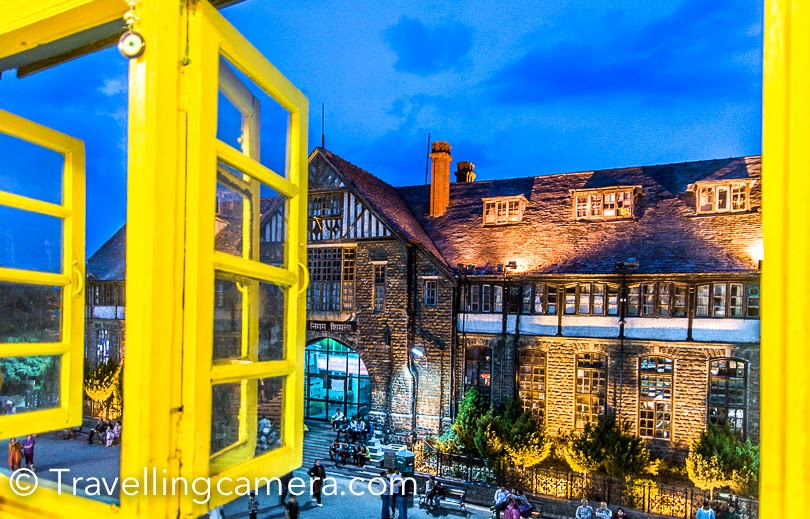


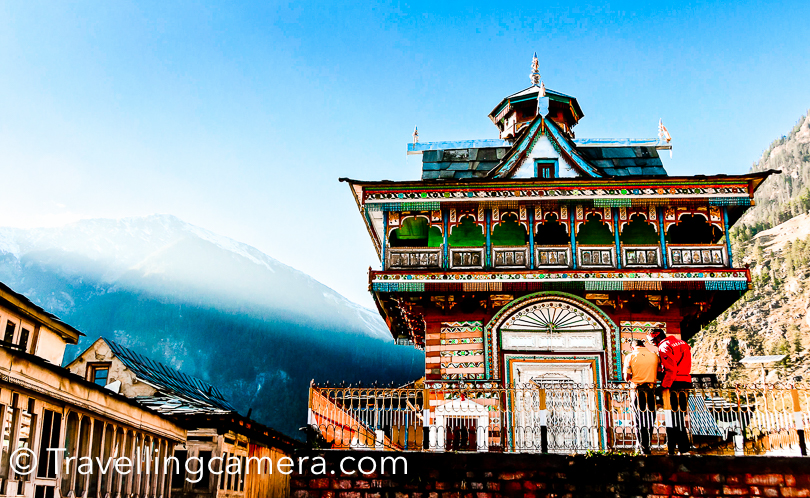



.jpg)
.jpg)









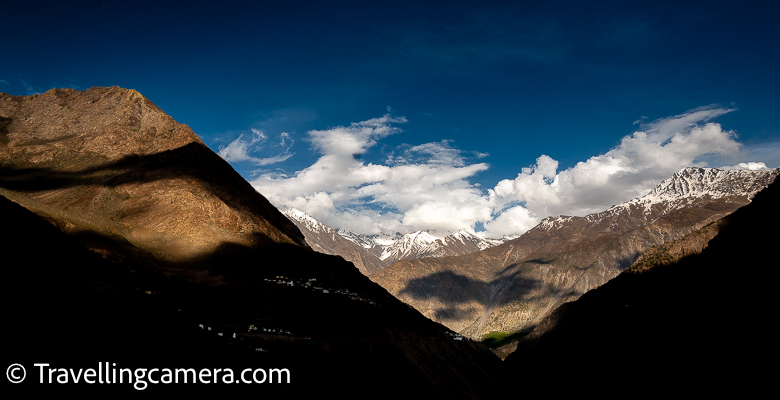
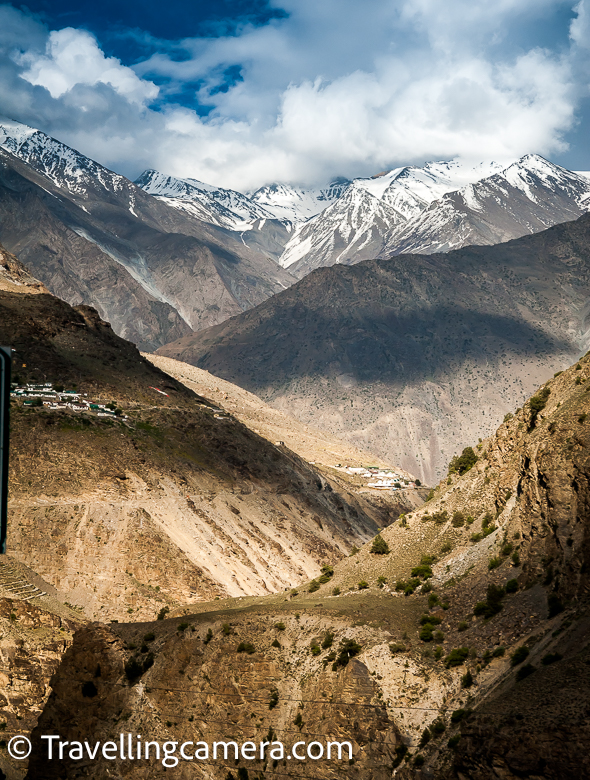

.jpg)


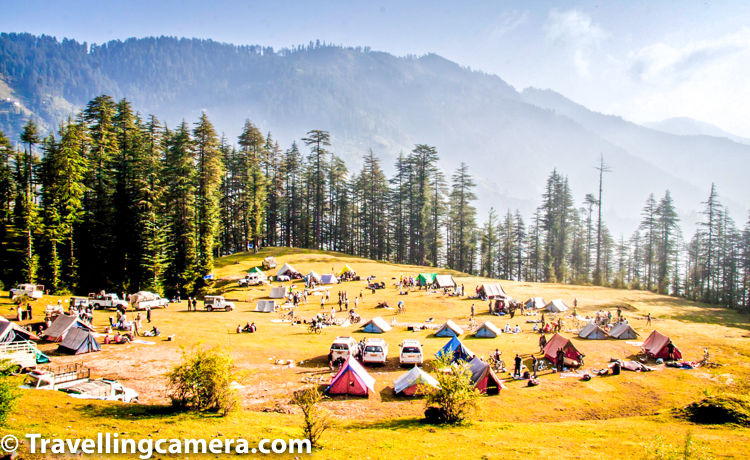
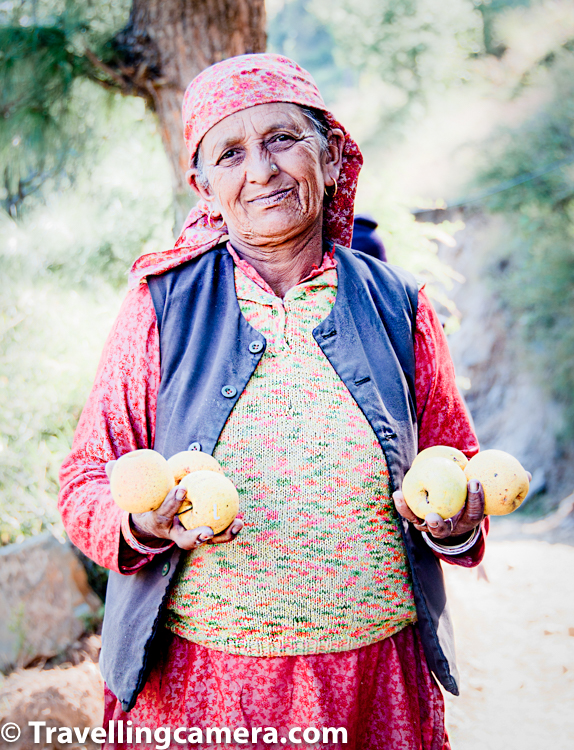

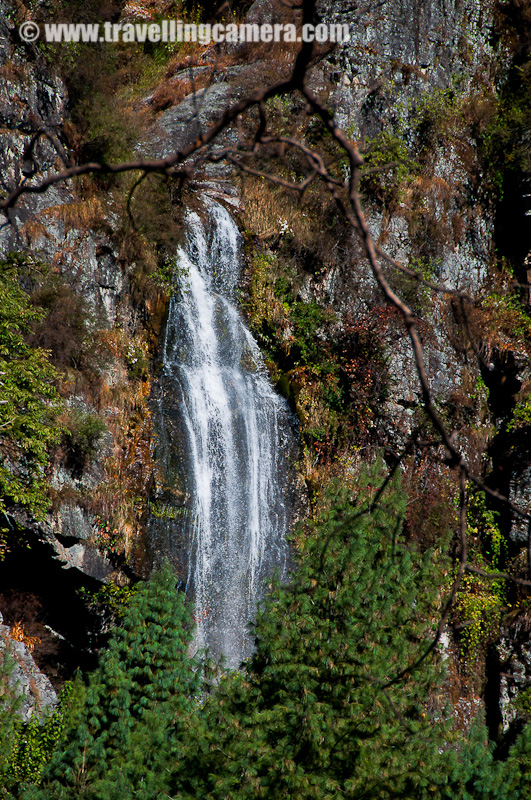

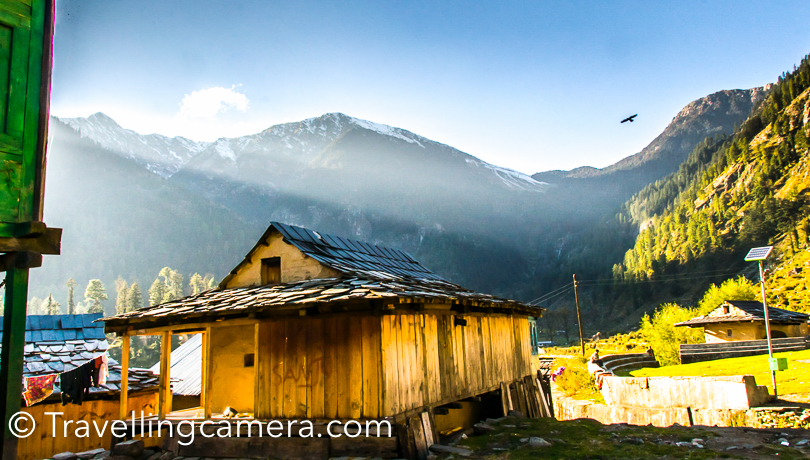

.jpg)
.jpg)
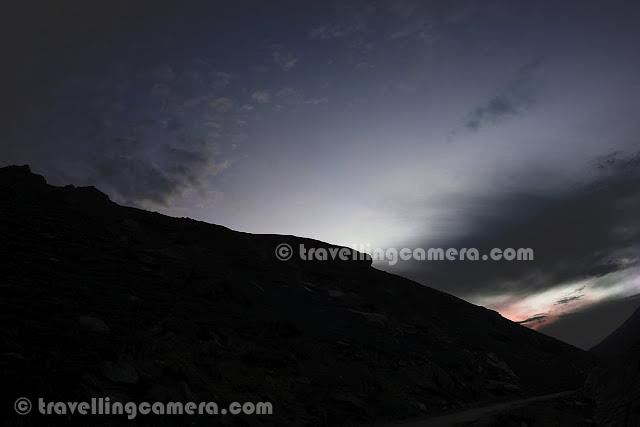

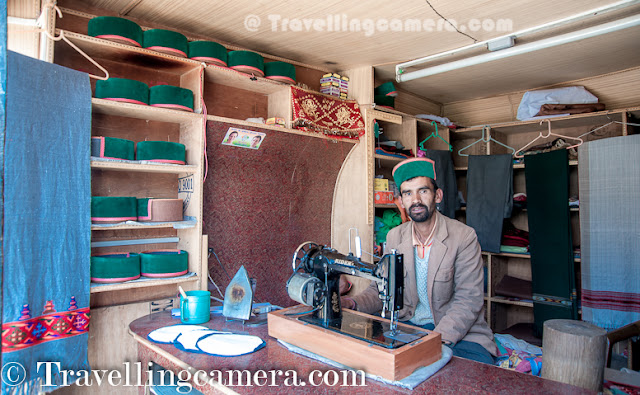
.jpg)


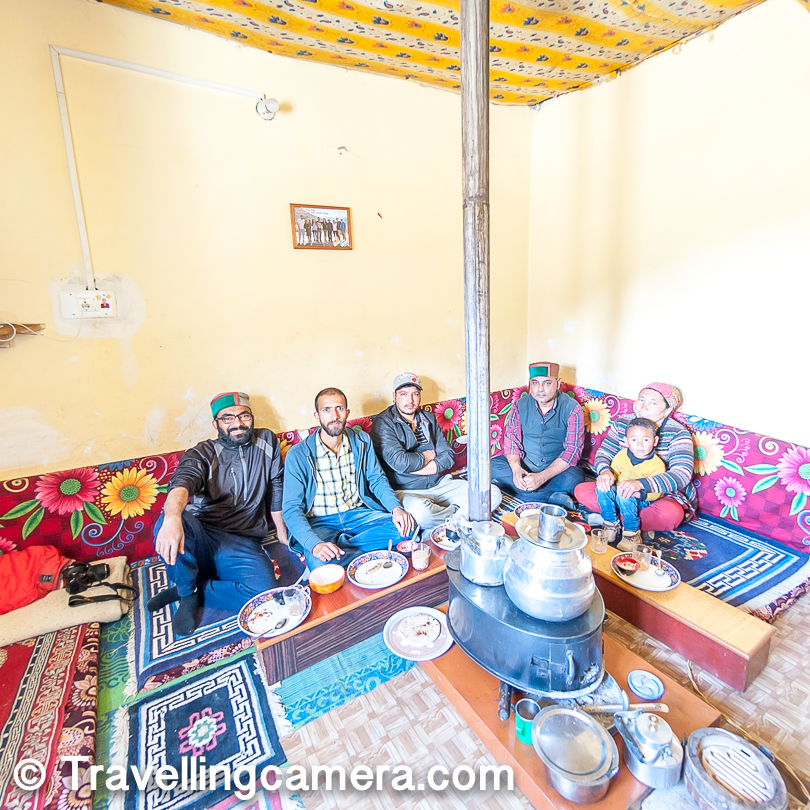



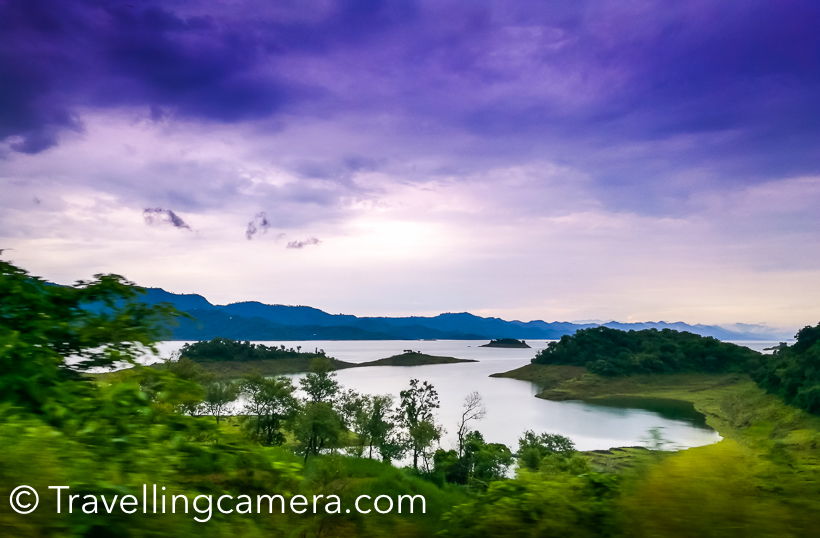

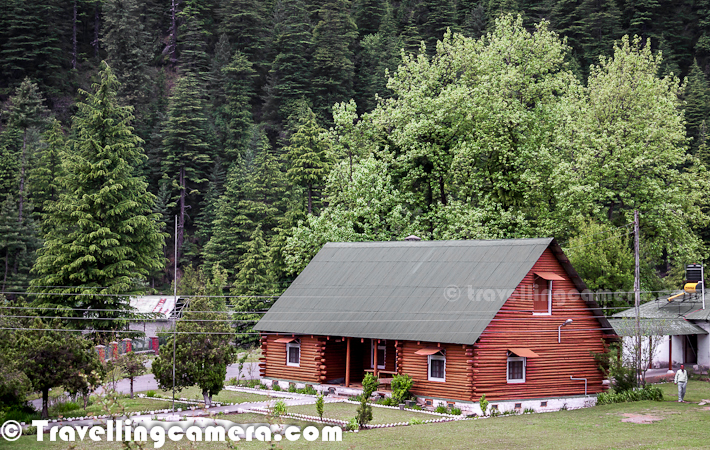





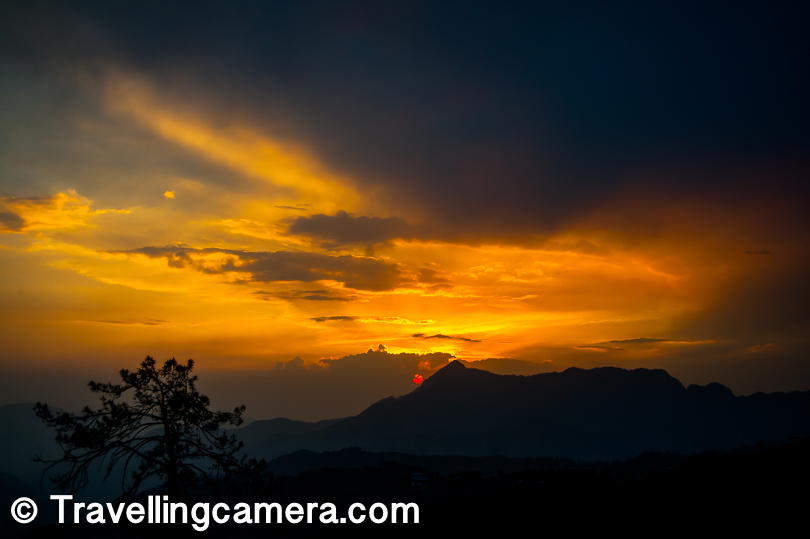



.jpg)
.jpg)
.jpg)
.jpg)


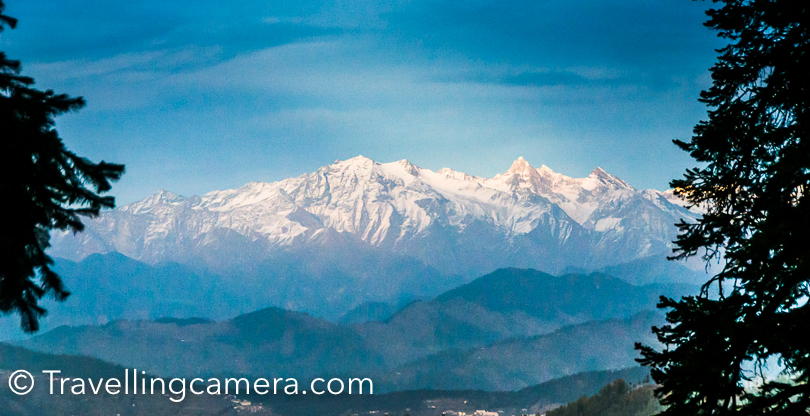


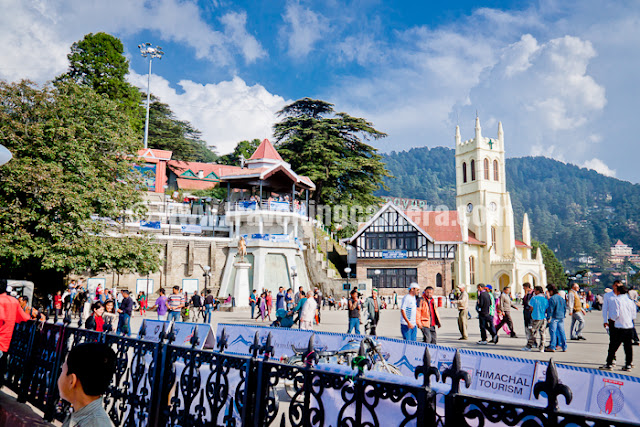
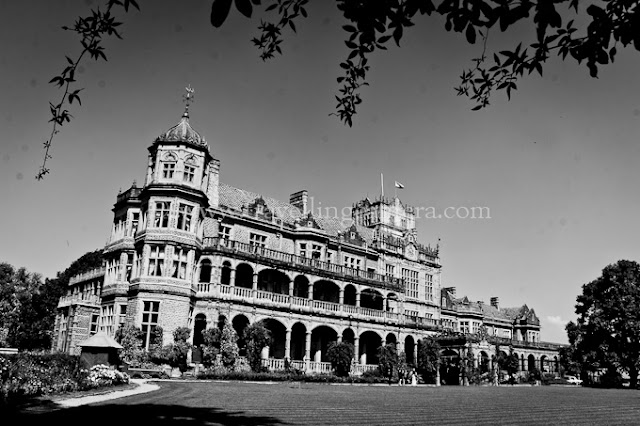



.jpg)
.jpg)


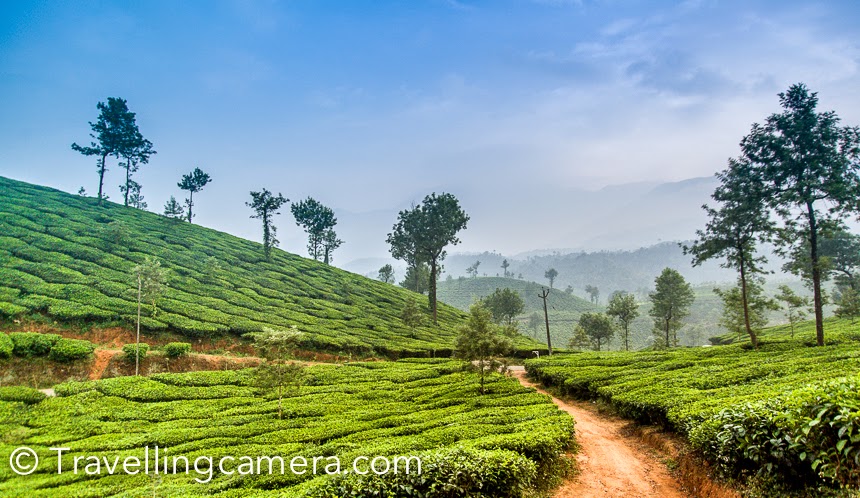
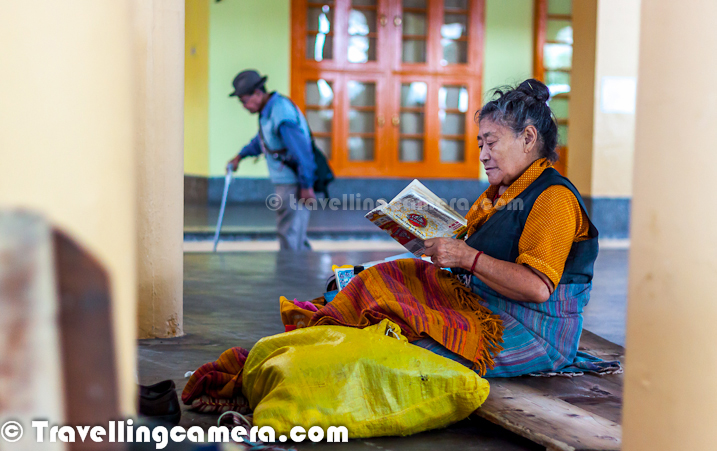
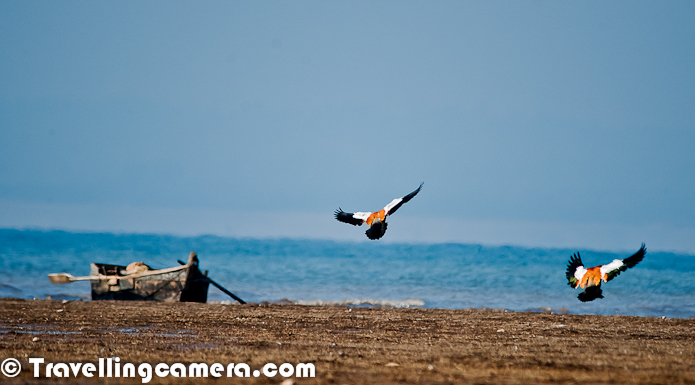



.jpg)

.jpg)

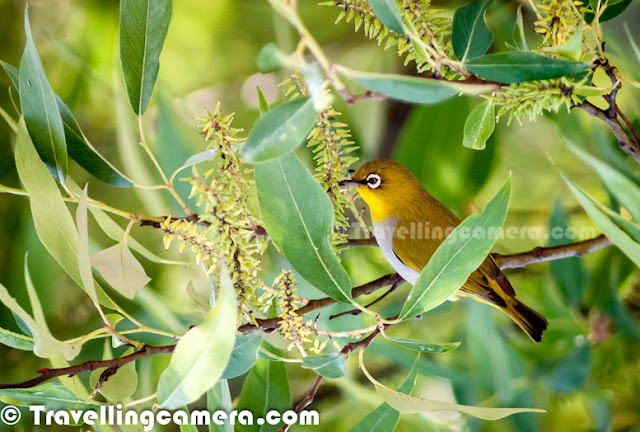
.jpg)
.jpg)
.jpg)
.jpg)


.jpg)

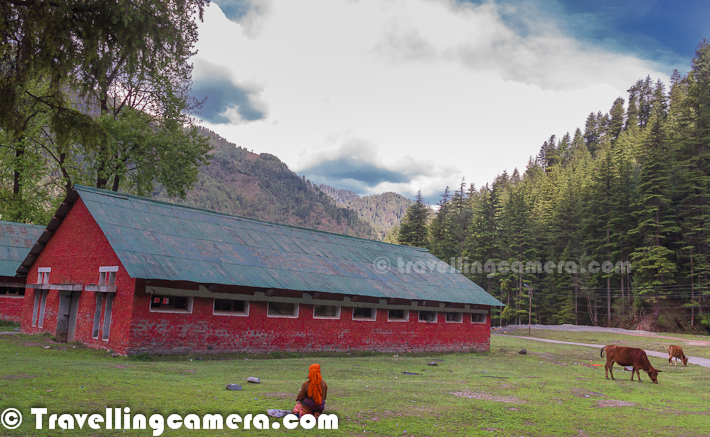
.jpg)








.jpg)
Comments